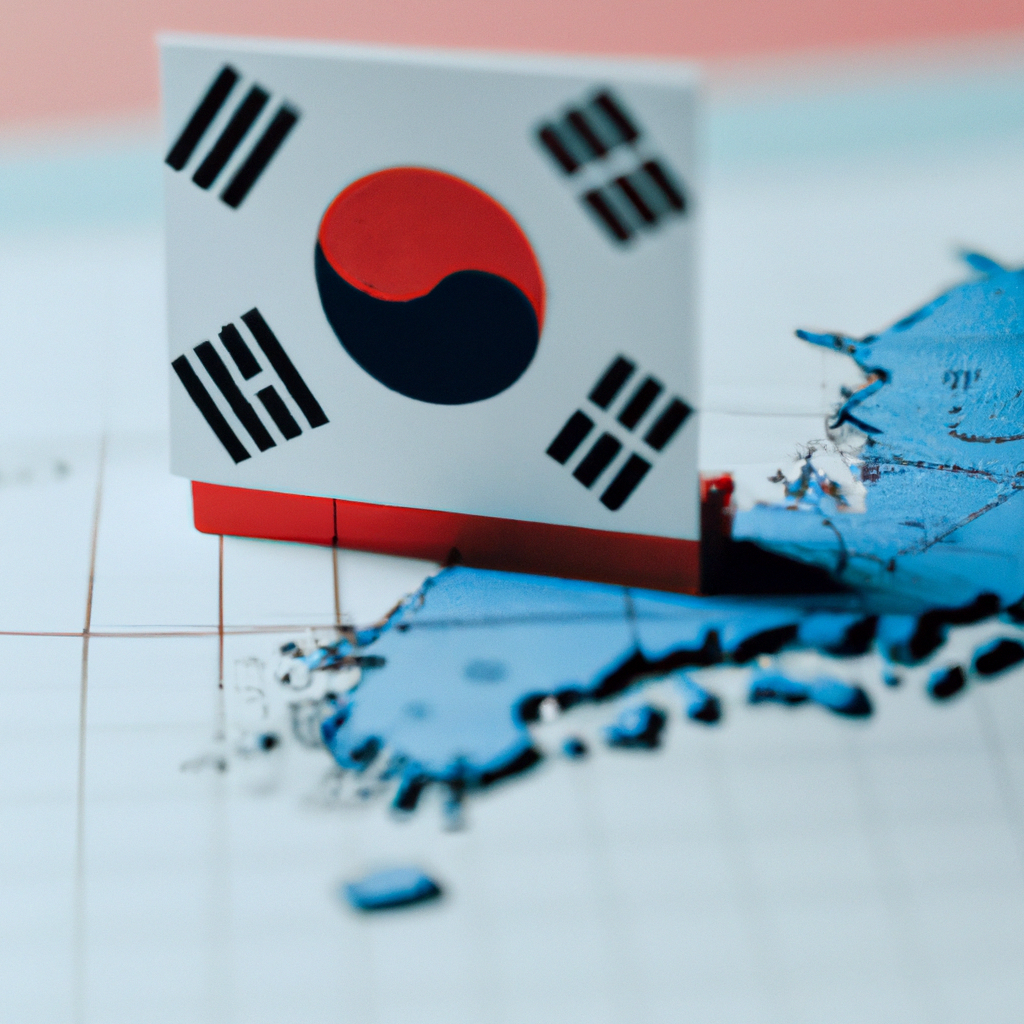Can I explore the Gyeongbokgung Palace in Seoul?
Post ByAdequate Travel
Summary
Yes, you can explore the Gyeongbokgung Palace in Seoul! The majestic structure holds many stories and secrets, some of which can only be revealed by visiting the palace and tracing its royal history. In this blog, we will be discussing different ways to explore this beautiful, 500-year-old palace and getting unique perspectives on its plethora of architectural marvels. Before embarking on your journey to south-korea, make sure to check the latest travel guidelines and entry requirements to ensure a smooth tripYes, you can explore the Gyeongbokgung Palace in Seoul.
Here are some points to consider:
1. Location
The Gyeongbokgung Palace is located in the northern part of Seoul, South Korea. It is situated in the Jongno-gu district, in close proximity to the Gwanghwamun Square.
2. Historical Significance
Gyeongbokgung Palace is the largest and most iconic palace in South Korea. It was originally built in 1395, during the Joseon Dynasty, and served as the main royal palace for several centuries.
The palace went through numerous destruction and restoration periods due to invasions and wars, but it has been reconstructed and renovated to its current form, showcasing the rich history and culture of Korea.
3. Opening Hours and Admission
Gyeongbokgung Palace is open to the public throughout the year, except on Tuesdays. The opening hours vary slightly by season:
- March-October: 9:00 AM - 6:00 PM
- November-February: 9:00 AM - 5:00 PM
Admission fees are required, and they allow access to both the palace and the National Palace Museum. The fees are as follows:
- Adults: 3,000 won
- Children (under 18): Free
4. Exploring the Palace Grounds
Once inside, you can explore various sections and buildings within the palace:
- Gyeonghoeru Pavilion: A beautiful pavilion located on an artificial lake, used for state banquets and receptions.
- Gyeongbokgung Palace Museum: Exhibits artifacts and historical items relating to the palace and the royal family.
- Geunjeongjeon Hall: The main throne hall of the palace, where important ceremonies were held.
- Gangnyeongjeon Hall and Gyotaejeon Hall: The king and queen's living quarters.
- Hyangwonjeong Pavilion: A small, charming pavilion situated on an island within a pond.
5. Guided Tours and Cultural Programs
If you want a more in-depth experience, guided tours and cultural programs are available at the palace. These provide insights into traditional Korean customs, clothing, and crafts.
It's recommended to check the official Gyeongbokgung Palace website or visit the tourist information center for the latest information on tours and programs.
6. Dress Code and Etiquette
Visitors are encouraged to dress comfortably and wear appropriate clothing. It's also respectful to follow palace etiquette, such as not touching or leaning on the buildings, and observing quietness and cleanliness within the premises.
Lastly, make sure to bring a camera to capture the beautiful architecture and picturesque surroundings of Gyeongbokgung Palace!
The place is known for its rich history and culture, welcomes tourists with open arms. However, be sure to review the travel advisory and travel warnings to ensure a safe and enjoyable experience.






